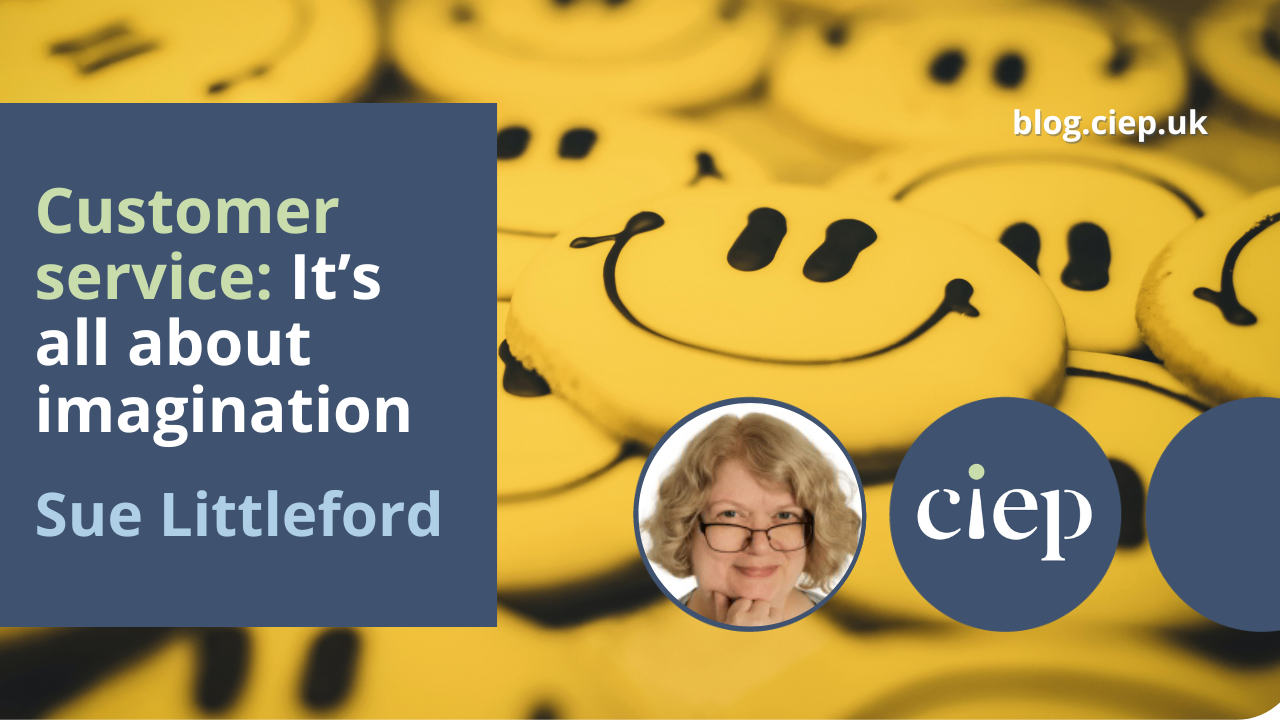By Cathy Tingle
 It’s Tuesday. I was supposed to write this blog yesterday. According to our COVID-19 routine, on Mondays my husband runs ‘school’ for my two children, aged 7 and 9. But yesterday the kids were particularly restless. They didn’t want to do the tasks set by their teachers. The younger one kept interrupting me in my ‘office’ (bedroom). There was a lot of shrieking as they chased each other around the house. Add to that the summons to buy our possessions back at their ‘shop’ (I couldn’t miss that: there was an iPad going for 45p), a surprise Zoom meeting for my husband, and some complicated new logging-on process for online school followed by my son sending his friends excited greetings (which had to be typed, finger by finger, on my laptop), and my day was pretty much shot to pieces as far as writing was concerned.
It’s Tuesday. I was supposed to write this blog yesterday. According to our COVID-19 routine, on Mondays my husband runs ‘school’ for my two children, aged 7 and 9. But yesterday the kids were particularly restless. They didn’t want to do the tasks set by their teachers. The younger one kept interrupting me in my ‘office’ (bedroom). There was a lot of shrieking as they chased each other around the house. Add to that the summons to buy our possessions back at their ‘shop’ (I couldn’t miss that: there was an iPad going for 45p), a surprise Zoom meeting for my husband, and some complicated new logging-on process for online school followed by my son sending his friends excited greetings (which had to be typed, finger by finger, on my laptop), and my day was pretty much shot to pieces as far as writing was concerned.
Hello again, old routines
We parents are used to the feeling that our best-laid work plans are precarious. You might be halfway through editing a chapter and the school phones to say your daughter has a tummy ache and can she be collected. You could plan an evening of proofreading but your son decides now is the time to find getting to sleep difficult. It goes with the territory.
But this prolonged uncertainty about when we can work is new for most. Or, rather, it’s a revisiting of something many of us experienced when our kids were tiny. In a recent CIEP forum thread about parenting, members described a common pattern. As a newish parent, to find time to work you rely on nap times, evenings and weekends (the last if there’s a partner or other co-carer to share the load). A little way along the line you can then add the hours that playgroups and nurseries might give you (sometimes only a couple of mornings a week, but it’s something). CIEP members reported having to take laptops or study books on family holidays.
The long and winding quest for productivity
Then, one blessed day, they get to school. Once you’ve got over the surprise that a day at primary school isn’t actually as long as you thought, and realised your most productive times of the day are not during those six hours (one of our editors only really hits her stride at 2.30pm – she has to leave the house to fetch the kids at 3pm), you get the high school years. The kids can at least find their way to school and back, but transporting them to extracurricular activities might take time. And at home? ‘The younger one [14] does seem to feel the need to talk to me about random things when I’m trying to work’, one of our editors reported. Another, whose children have now left home, comments: ‘What I learnt was that a 5-second question requiring only yes or no would cost me 10 to 15 minutes’ work. That was how long it took before I had everything back in my head.’ Bear this in mind when you’re thinking, during these lockdown days, ‘My teenagers don’t require a lot of attention. Why on earth aren’t I more productive?’
So, while we’re required to use ‘school’ hours to educate our children ourselves, many of us are grabbing evening work, weekend work, first-thing-in-the-morning work, as we did in the early years, and as many of us still do in the school holidays. One CIEP member with three children starts working at 5.30am; another uses the hour before the family stirs to answer emails and prioritise her day’s work to avoid stress later. Sometimes there is a tag-team within the parent unit, with one parent covering mornings, the other afternoons, or, if the other parent lives somewhere else, with children going away for a couple of days or more each week. If all else fails, we’re sitting with everyone else with our laptops, snatching ten minutes here and there.
 No answers, just a few tips
No answers, just a few tips
Many people choose to become freelance precisely because of the flexibility it offers when you have a family. But many editing and proofreading parents are finding lockdown difficult, and it’s not the bare fact of spending more time with our children that’s making us feel like this – of course not. We love them. It’s the pressure of balancing working and caring that’s the problem. If we get paid by the project and don’t have time to complete projects, or we’re paid by the hour and our hours are vastly reduced, how’s that going to work out? It’s worrying, and we don’t have any clear answers, apart from to investigate any government support for self-employed people during this crisis. But here are a few tips for negotiating work and life right now.
- If you have work, make sure your clients know your situation. Many of them will be in the same boat and will understand, but at the very least it removes the terrifying feeling that you have absolutely no wiggle room on your projects. You might not need to ask for extra time, but knowing you could in an emergency helps everyone.
- This isn’t the time to be aiming high, so don’t put pressure on yourself to be marketing or rebuilding your website. Don’t listen to those people who talk about achieving great things in lockdown. The achievement level you should be aiming for is ‘coping’.
- Easier said than done, but if you can, separate work and caring for your children. We often feel we do neither very well, but trying to do them concurrently just confirms this feeling.
- If you do get a quiet few moments while they’re doing their maths worksheet or drawing a flower, tackle those mundane tasks that might help your business. Personally, I’m deleting old emails. It’s something I’ve been meaning to do for forever and it will be useful once we’re all up and running again not to have (cough) 45,958 unread messages in my inbox.
- Screens aren’t the enemy. From the BBC Bitesize educational programmes to the fantastic Horrible Histories and Operation Ouch!, telly can educate, entertain and buy you some valuable time, and there are a wealth of online museum tours, story readings, science demonstrations and language tutorials too. It doesn’t need to be highbrow – kids will find educational opportunities in most things. When I sought reassurance that there were educational benefits to the Captain Underpants Movie, another CIEP member testified that her son had gained three things from it: an enthusiasm for writing comic books; an introduction to classical music; and an ability to execute armpit farts. All of which will be invaluable when filling in his UCAS form, I’m sure you’ll agree.
- Take that #StetWalk, as we say in the editing world. Get out for your daily exercise with your child(ren), whether you feel like it or not. It will do everyone good, and the break from work may mean you’re more productive this evening when things are quieter.
- When you do try to work, don’t beat yourself up if you can’t concentrate very well. This is a completely natural reaction to everything going on in the world, and something that was reported by a number of CIEP members.
- It might be that we can accomplish more together than apart right now. Reach out to others you could team up with. One member says that one of the lessons she has learned over many years is that ‘some of the most valuable things I do in my business are not done alone; they’re shared’.
- Sneak off now and then. Not out of your front gate: to the kitchen, or the garden, or into your own choice of fiction, or a podcast. Too often I find myself retreating to Twitter, and that ends up being far from a moment of peace. Find other ways to escape, if you can.
- As you’ll all be living under the same roof in these conditions for some time yet, try to focus on what matters. As one member says: ‘being extra kind is more important than ever, and remembering that it really, really doesn’t matter whether they learn their grammar or long division is helpful’. Another says: ‘Every single night that your little one goes to bed fed, warm, well, and loved is not failing, whatever else might be going on. Be kinder to yourself.’
- Get them involved in what you’re doing, if you think it will interest them. My kids have helped me find the pictures for this blog, and for the first time ever they’re helping me lay the table for meals. They even seem to enjoy it.
- Sometimes you’ve got to throw your plans up in the air and take the opportunities life presents. And if life is presenting you with a child who wants to sing ‘The Wheels on the Bus’ with you, cuddle up in front of a movie or have a chat about Instagram (or whatever young people talk about these days), just enjoy the moment and the chance to spend some time with them.
More than one of our members reported that home schooling had been their way of life even before COVID-19 struck. They’d been down a similar path to the one many of us are now treading, and had realised that, in one editor’s words, ‘what I’d feared would be strange and isolating and terrible turned out to be none of those things. My child has blossomed, found their own path, and taught me that there are many ways to live a life, to be a parent, to educate’. Some situations might not look ideal at first glance, but they end up being rewarding in ways we never anticipated.
And so, working-from-home parent, in the words of one CIEP member addressing the other parents on the forum, ‘hugs and solidarity vibes’ to you. We’ll get there, even if it’s by a different route to the one we were expecting.
Many thanks to the contributors to the CIEP forums, who so generously shared their experiences and their child-squeezed time.
 Cathy Tingle is a CIEP Advanced Professional Member based in Edinburgh who specialises in copyediting. After trying and failing to work ‘alongside’ her children, she’s offering a reduced service until they go back to school. She’s terrible at baking.
Cathy Tingle is a CIEP Advanced Professional Member based in Edinburgh who specialises in copyediting. After trying and failing to work ‘alongside’ her children, she’s offering a reduced service until they go back to school. She’s terrible at baking.
The CIEP’s forums are a great place for members to connect with and support each other.
CIEP members shared their pandemic concerns and experiences with Liz Jones in April.
Photo credits: family with tablet by Alexander Dummer; child with heart by Anna Kolosyuk, both on Unsplash.
Proofread by Joanne Heath, Entry-Level Member.
Posted by Abi Saffrey, CIEP blog coordinator.
The views expressed here do not necessarily reflect those of the CIEP.




















